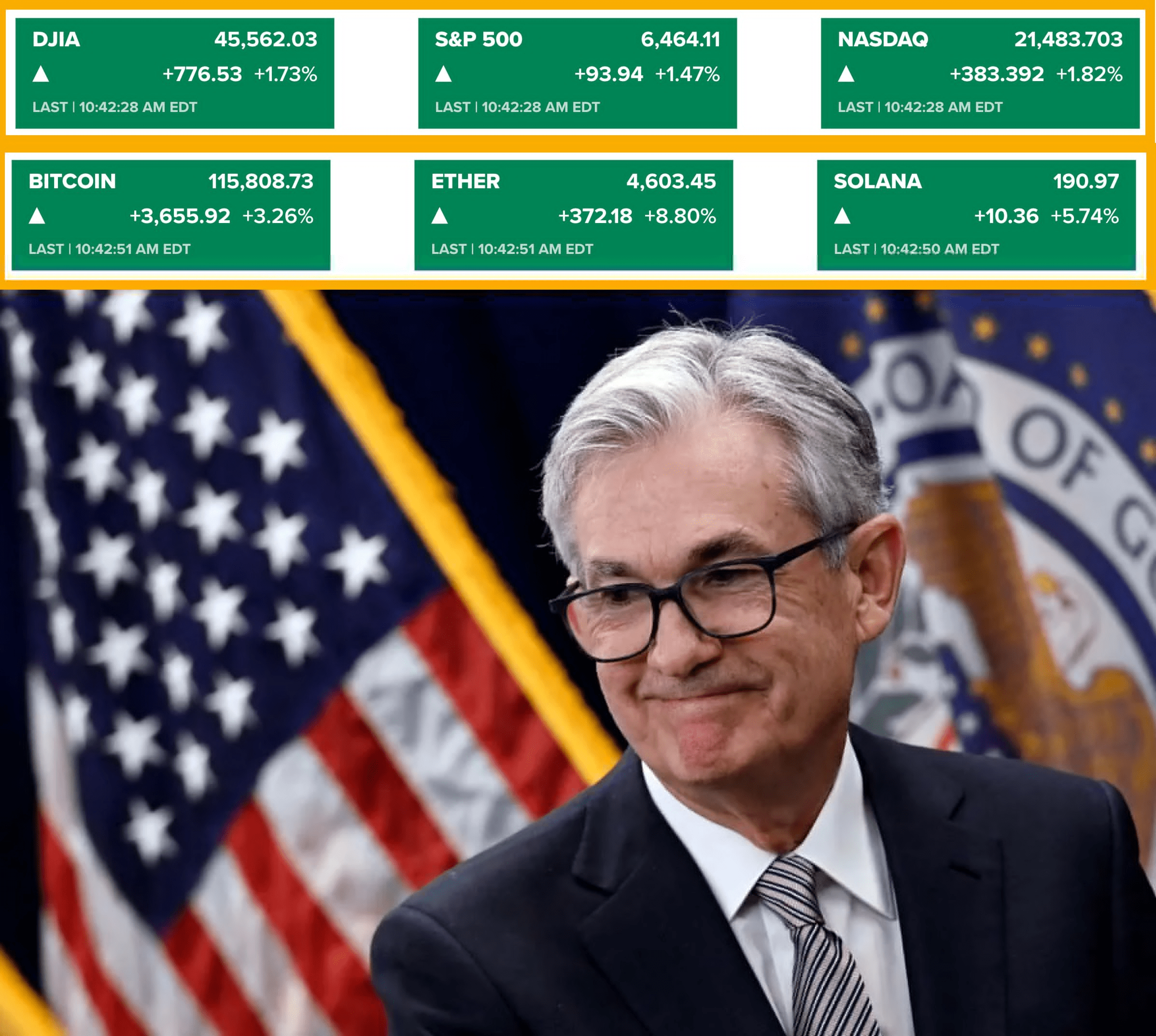1. What does Fed Chairman Powell say
- The main mission of the Fed is to keep inflation low and maintain a low unemployment rate.
- Currently, risks are changing, not only worrying about inflation but also worrying about many people potentially losing their jobs.
- Tariffs are creating uncertainty, which could cause inflation to rise again but could also slow the economy.
2. Labor supply and demand
- Powell stated that the labor market is weakening.
- The labor supply is not increasing much. Many older individuals have retired after COVID, while the new workforce is not sufficient to compensate.
- The hiring demand from businesses is also decreasing as they are tightening spending.
- This means that both labor supply and demand are weak. In the past, companies competed to find workers, but now it is the opposite, which could easily lead to an increase in the unemployment rate if this trend continues.
3. Inflation target framework
- Previously, the Fed adopted a Flexible Average Inflation Targeting (FAIT) policy.
- This policy means that if past inflation was below 2%, it can be acceptable for it to exceed 2% for a time to balance. This idea seems reasonable as it allows the economy to grow stronger.
- But after COVID, inflation not only exceeded 2% but surged to 8–9%. This indicates that this management approach is no longer suitable.
- Currently, the Fed is gradually abandoning FAIT and becoming stricter. The Fed will maintain a 2% inflation target continuously, not accepting it to exceed for long and avoiding repeating mistakes that lead to inflation spiraling out of control.
4. Why this is important
- The current Fed interest rate is less than 1% compared to last year while the unemployment rate remains low.
- But the risks are changing:
➤ If inflation returns due to tariffs → very dangerous.
➤ If unemployment rises sharply → also dangerous.

SUMMARY
Chairman Powell said the Fed needs to be cautious. He did not promise to cut interest rates but strongly hinted that cuts may occur at the meeting in September.
Powell signaled that the Fed may soon ease but must proceed slowly and cautiously.

